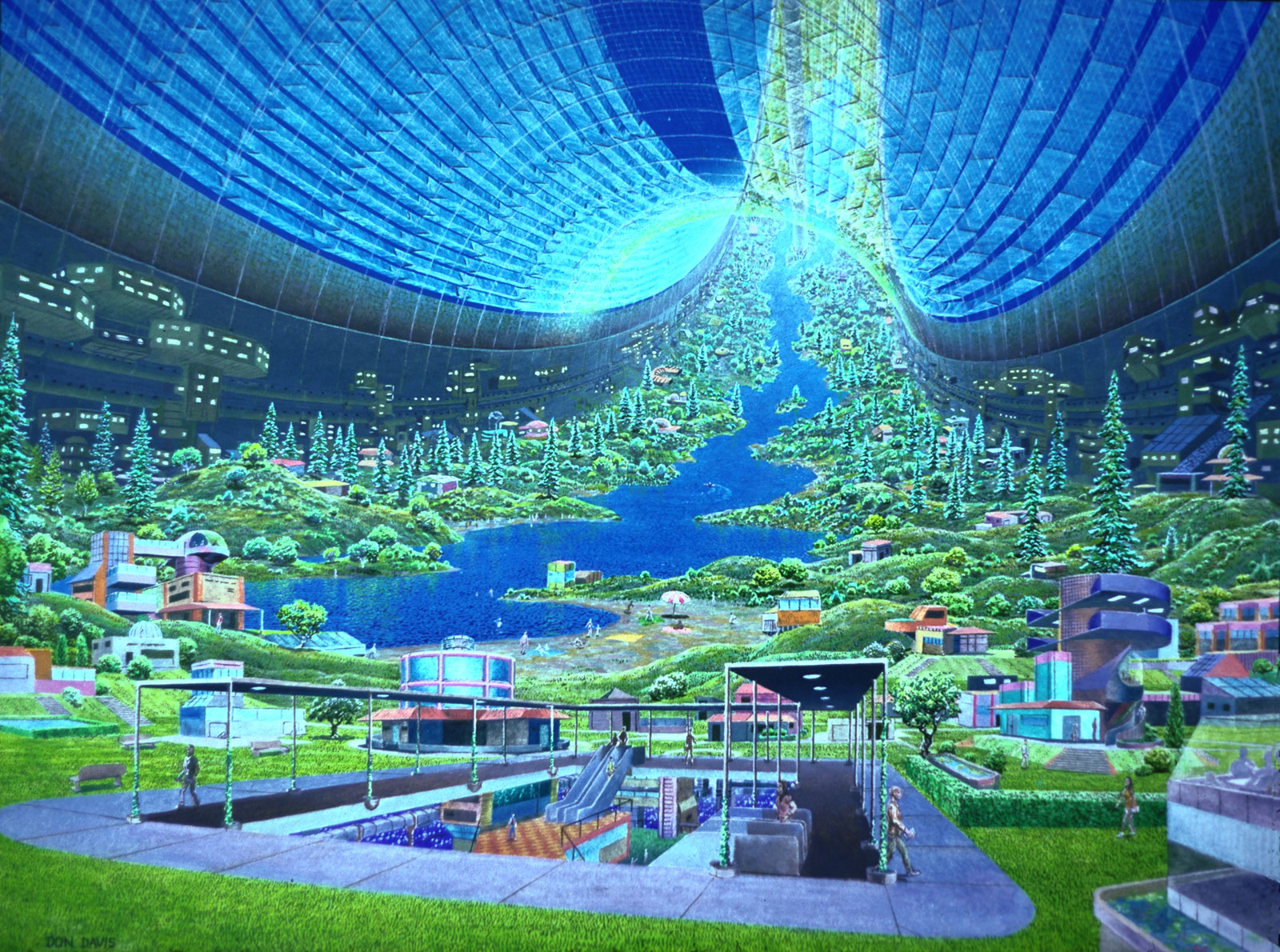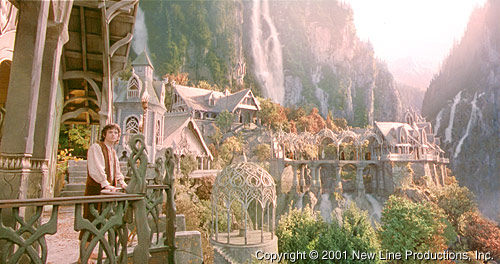Ruth
Eaton’s, Ideal Cities, is a great
literary example of geometry and its role in architecture. In this writing, the ideas of geometry are
applied to utopian concepts, but first she defines the word “idea” and “city”
from different cultures.
Idea: English/ French: intellectual conception or representation
Platonic philosophy: what is seen not by the physical but by the
mental eye
City: English/ French: federation of tribes grouped under common
political and religious institution



Anyways… I
became enthralled by the reading pretty quickly. Eaton goes on to say that, “…during the
renaissance the architects sought to steal the mantle from the
philosophers…” This, to me, shows an
obvious leap in maturity for the architect; tacking spatialism at the mental
and emotional level. “The natural
workings of the real world are henceforth to be subjected to an uncompromising
intellectual exercise, supposedly aligned with the mechanics of the universe,
in a string of ideal-city designs.” To
explore metropolitan utopia, medians of utopian plans decided it’d be best to
test scenarios in multiplications. Eaton
also covers More’s utopian ideals (touched, again, in post 1). In order to see if his idea of utopia would
indeed work, it must fit within any site constraint. In order to justify this, his master plan
consisted of 54 almost identical cities in an isotropic arrangement. “…54 cloned cities on an island will
generate, before long, thousands across the surface of a planet, as the very
term ‘international Style’ was later to betray in the twentieth century.” She then turns the narrative from ideas of
utopia to artistic representations of dystopia within the cultures of both
Plato and More. “[T]hey portrayed
visions of a ‘dystopia,’ a utopia gone wrong, where the dream has turned to nightmare
and the dark, totalitarian side of the coin predominates.” This gave me the sense (as the last post did)
of an Ayn Rand societal portrayal; much like Atlas Shrugged. As the
conversation continues onward through, I believe she is emphasizing utopia reflecting natural geometry; not in the sense of
squares and spheres, but in the sense of natural landscapes. “…they are protected symbolically and
physically from pernicious outside influences either by natural barriers, such
as stretches of water or mountain ranges, or by man-made fortifications or
greenbelts.” Overall, I believe she is
arguing that utopias are formed within specific geological atmospheres with
emphasis on communal rulings and laws.
She then plays on the influences of religion parallel to geometric
qualities. One of her first quotes
within this section of reading comes off as quite depressing; “The freedom they
enjoy from the burdens of pain, hunger, insecurity, conflict or, indeed, death
itself provide powerful visions, capable of alleviating the drudgery and
suffering of reality.” The depression
continues with, “The legendary king of the city of Uruk in ancient Sumeria
makes the journey to the idyllic land of Dilmun in search of Ut-Napishitim, the
survivor of the Babylonian flood, in order to discover the secret of eternal
life, but learns that this is the privilege of the gods’ favourites alone, and
that the sad, shadowy existence of the dead is the inevitable destiny of most
mortals.” This talk of failed utopian
searches and manifestations is quickly silenced by the ideals of utopian
geometry. “Through the history of
utopian design, geometrical patterns appear and reappear and the legacy of the
two basic forms – the circle and the square – will become evident in the places
now under consideration. “ She then goes
on to explain how the geometry of the circle (or sphere) is a heavenly
manifestation due to the skill involved in free-hand creation of this geometric
shape. Forms of earth are squares,
hexagons, triangles, etc. (any shape involving angular components of the
circle). “The circle is a representation
of the heavens while the square is that of the earth.” This also ties into geometric metaphor manifestation;
for example, the heavens are a circle because of the scale of pure perfection
and its unrealistic nature (an object that is not held with ease). The earth is that of the square because, for
one, earthly possessions have a sense solid reality, meaning that earth (or
dirt) is a solid, massing object, that is easily held in one’s arms (a
crate). 

Christian
Thomsen and his writings in, Visionary
Architects, focuses more on the religious influences on utopian
design. My description will not be as
extensive as Eaton’s, but vital in its underlying philosophical understanding
of functional utopias. His idea, similar
to Ruth’s, is that an overpowering force influences utopian design (mostly in
relation to Babylon). One of his first
quotes makes me think directly of cyberspace design (to be discussed architecturally
in later posts about designing cyberspace [presentation 1]). “Frequently, political, economic, or personal
difficulties prevent the execution of some carefully planned project, which is
then relegated to the realm of fantasy.
In this case we speak of an ‘architectural vision’ rather than of ‘visionary
architecture’…In architecture, too, we now justify talk about ‘virtual
architectures,’ something that only a short time ago sounded like castles in
the air, a contradiction in terms.
Cyberspace, for instance, is architecture, possesses an architecture,
contains an architecture.” Maybe in
further discussion with the writer, one could argue that utopian society could
be achieved through cyberspace dimensional studies, I.E. spatial performances and
efficiencies of the internet’s mapping (current studies being explored in competition
entry for architectural evolution). To generalize
(apologies for lack of depth on this topic, but more to come through studies on
this subject), the idea of Thomsen’s utopia is to manifest from individual churches
becomes valid through plan layouts.
These layouts (based on utopian Babylon) encompass the ideas of
religious moral hierarchy.


This comment has been removed by the author.
ReplyDeleteSome nice text analysis Dan. It is great to read along as you think through the readings so keep it up (and also catch up!). See if you can expand on the relevance of the authors to other sources you're interested in. You've included some great images - would be nice if you used the readings to analyze them more, for instance. Blog is off to a good start. Looking fwd to the next couple of entries - Piranesi and Technology. Might want to edit your first entry - some typos on the authors names.
ReplyDelete